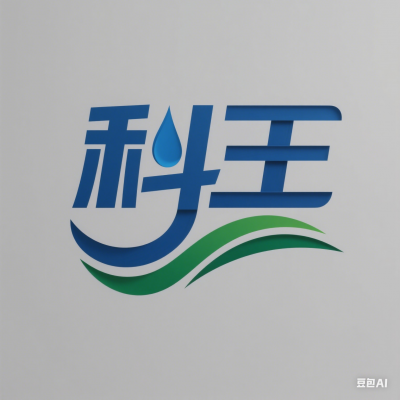Hebei KeWang Rubber Products Co., Ltd.
AIBot OnlineThis conversation is AI-generated. Contact manufacturer before transaction to confirm info.
-
 Liu
Hi there! Welcome to my shop. Let me know if you have any questions.
Liu
Hi there! Welcome to my shop. Let me know if you have any questions.
Your message has exceeded the limit.

Hydraulic Dams: A Modern Marvel in Water Management and Renewable Energy
2025-07-18 13:09:09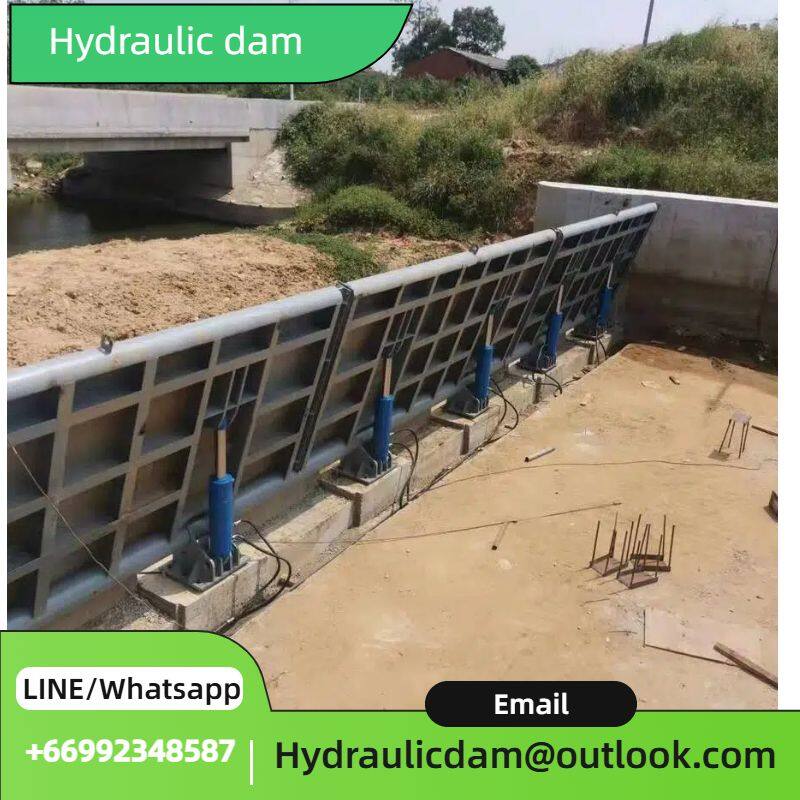
In the realm of water engineering, hydraulic dams stand out as a remarkable fusion of technology and functionality. These structures, driven by hydraulic systems, have revolutionized how we manage water resources, generate clean energy, and adapt to the ever-changing demands of modern society. Let’s dive into the world of hydraulic dams, exploring their design, benefits, and real-world applications.
At its core, a hydraulic dam is a water-retaining structure that uses hydraulic power to control the flow of water. Unlike traditional dams, which rely on fixed structures, hydraulic dams feature movable components—such as gates or panels—that can be raised or lowered using hydraulic cylinders. This flexibility allows operators to adjust water levels with precision, making them ideal for a range of purposes, from flood control to irrigation and hydropower generation.
The working principle of a hydraulic dam is both simple and ingenious. Hydraulic cylinders, powered by pressurized fluid (usually oil), act as the driving force. When the cylinders extend, they lift the dam’s gates, allowing water to pass through; when retracted, the gates lower, holding back water to create a reservoir. This system is not only efficient but also highly responsive, enabling quick adjustments to changing water conditions—whether it’s a sudden downpour or a need to release water for downstream use.
One of the key advantages of hydraulic dams is their environmental friendliness, especially when compared to some traditional energy sources. Many hydraulic dams are integrated into hydropower systems, converting the kinetic energy of flowing water into electricity. This renewable energy source produces minimal greenhouse gas emissions, helping to reduce our reliance on fossil fuels. For example, small-scale hydraulic dams in rural areas can provide a steady supply of electricity to communities, improving living standards without contributing to climate change.
Hydraulic dams also excel in water resource management. In regions prone to droughts, they can store water during wet seasons for use in dry periods, ensuring a reliable supply for agriculture, industry, and domestic needs. Conversely, during heavy rains, their ability to release water gradually helps prevent flooding, protecting nearby towns and farmlands. This dual role makes them invaluable in maintaining ecological balance and supporting sustainable development.
Real-world examples highlight the versatility of hydraulic dams. Take the project on the Couesnon River in France, aimed at restoring the Mont Saint-Michel’s status as an island. A hydraulic dam here, combined with a carefully designed bridge, allows tides to flow freely around the island, clearing accumulated silt and preserving the site’s natural and historical integrity. This project demonstrates how hydraulic dams can be tailored to meet specific environmental and cultural needs.
Another notable application is in optimizing ecological flow requirements, as seen in studies on China’s You-shui River. Hydraulic dams here are managed to balance hydropower generation with the needs of aquatic ecosystems. By adjusting water releases to maintain healthy river habitats, these dams show that human development and environmental protection can go hand in hand.
Of course, like any engineering project, hydraulic dams require careful planning and maintenance. Factors such as site selection, material durability, and long-term environmental impact must be thoroughly assessed. Regular inspections of hydraulic systems, gates, and reservoirs are essential to ensure safe and efficient operation.
In conclusion, hydraulic dams represent a smart, sustainable solution to modern water and energy challenges. Their adaptability, efficiency, and low environmental footprint make them a vital part of our infrastructure. As we continue to seek ways to live in harmony with nature, hydraulic dams will undoubtedly play an increasingly important role in shaping a greener, more resilient future
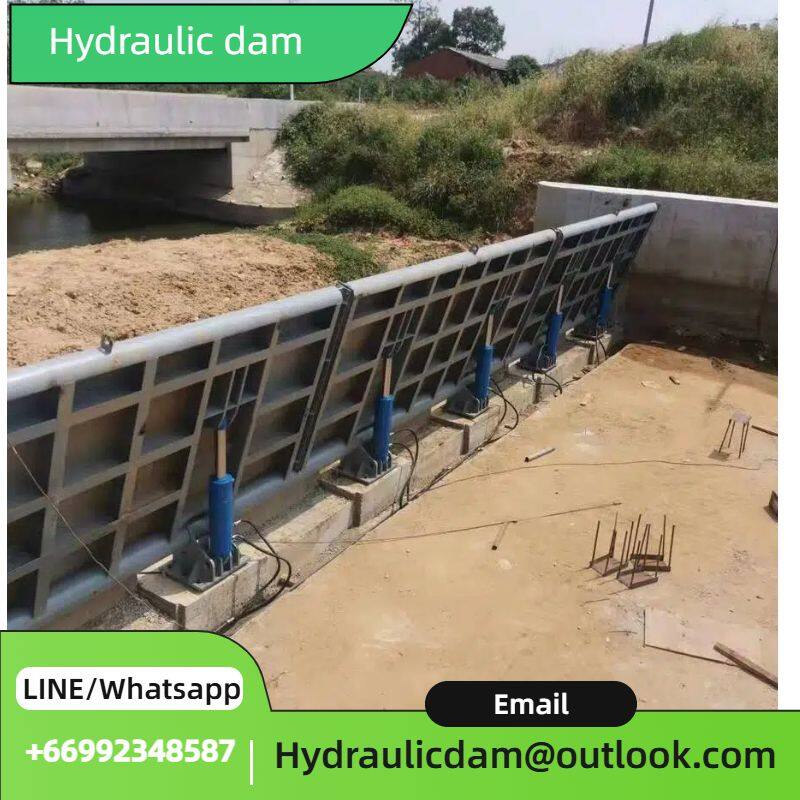
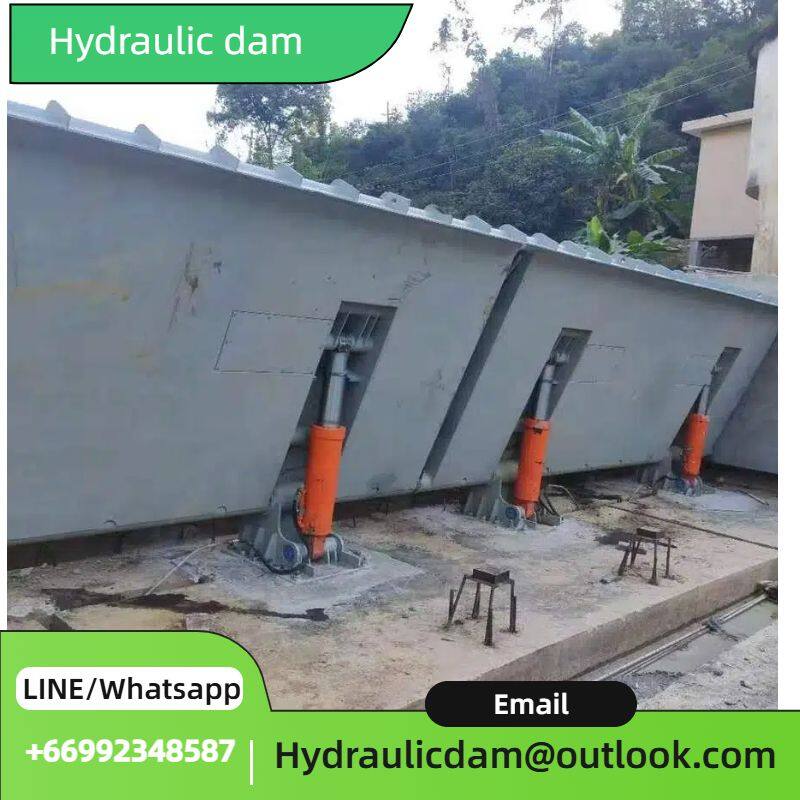
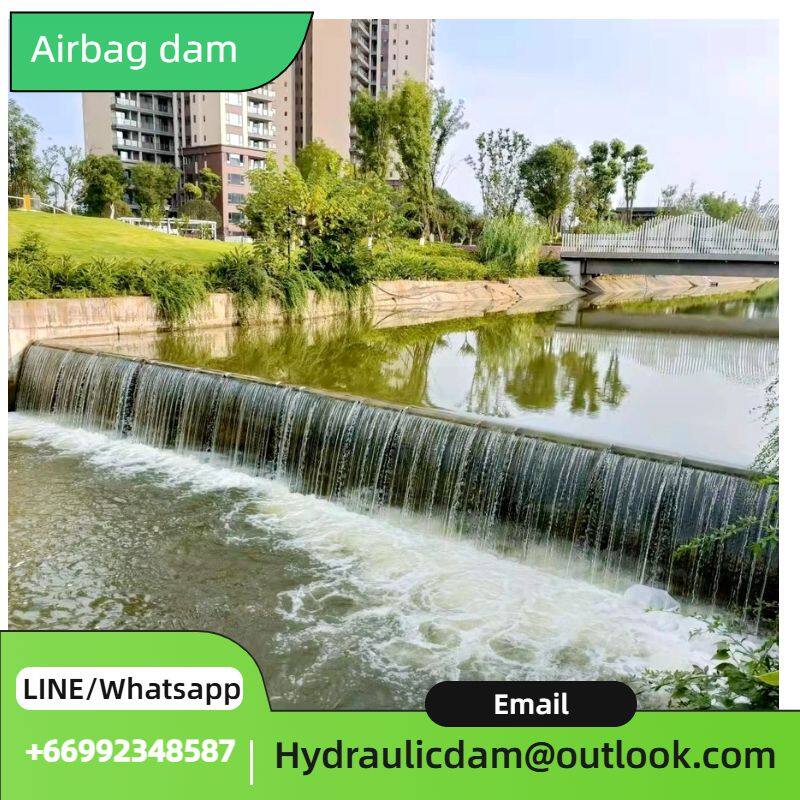
Tags: hydraulic dam, hydraulic lifting dam, hydraulic rising dam
